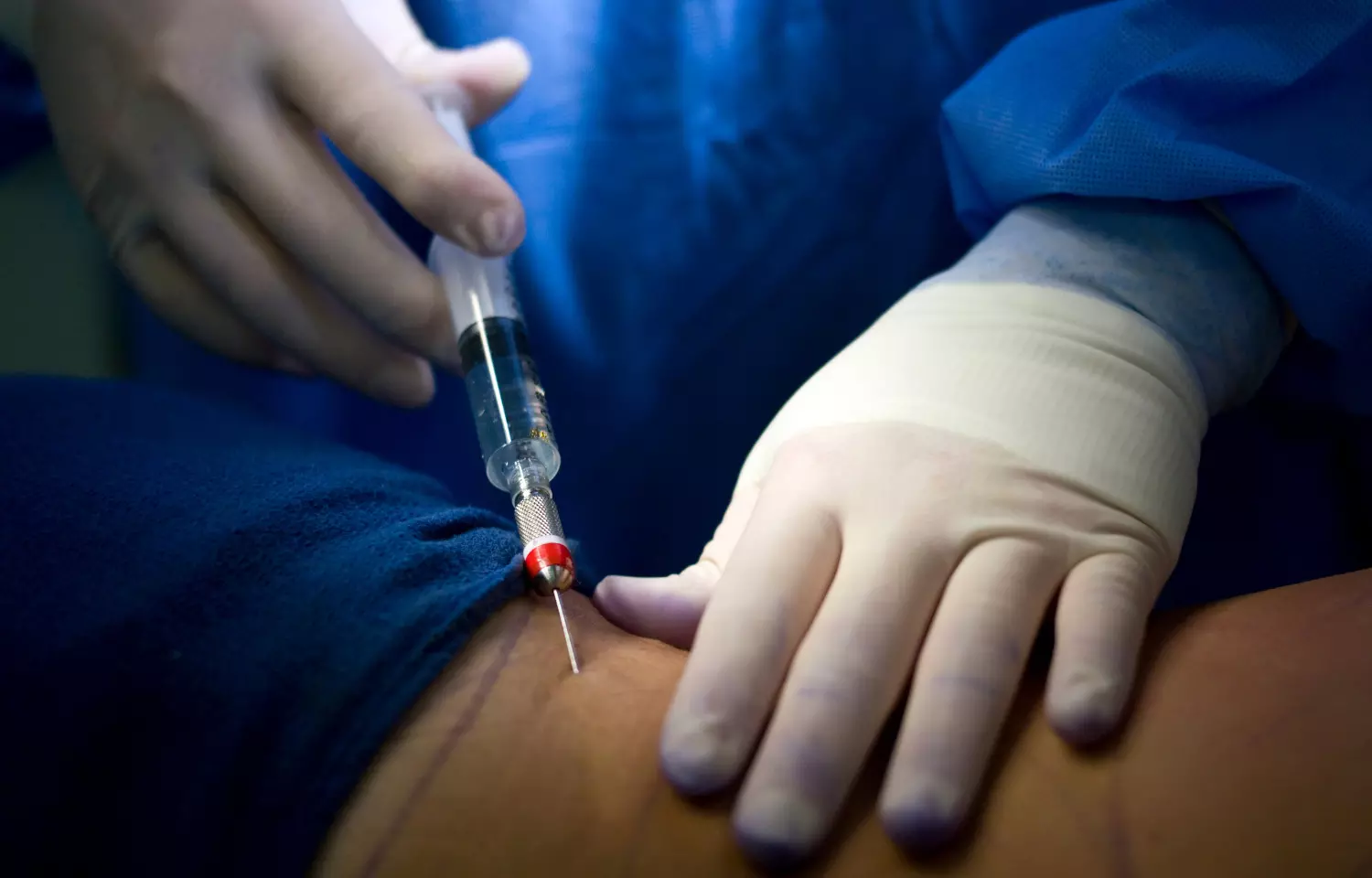Perfusion Index may Predict for SAIH in Orthopedic Surgery, Less Effective in Elderly: Study
- byDoctor News Daily Team
- 16 September, 2025
- 0 Comments
- 0 Mins

A new study published in the journal ofBMC Surgeryshowed that Perfusion Index (PI) is a non-invasive tool for predicting spinal anesthesia-induced hypotension in lower extremity orthopedic surgery patients (cut-off value = 2.25), but shows reduced accuracy in elderly individuals. The most frequent side effect of spinal anesthetic is hypotension, which is becoming more widespread and potentially harmful in elderly people. Thus, this study was set to examine how the PI predicts spinal anesthesia-induced hypotension (SAIH) during lower extremity orthopedic surgery, as well as how age affects this prediction. This research was performed on 120 elective patients aged 18 and older who were in the ASA I-II-III risk categories and were receiving supine lower extremities surgery while under spinal anesthesia. Every patient's demographics, baseline hemodynamic parameters, and PI values were evaluated and documented. Patients were split into two groups as non-elderly (group NE, under 65) and elderly (group E, over 65). Before spinal anesthetic began, a 400 mL maximum saline infusion was started. For spinal anesthesia, 10–12.5 mg 0.5% hyperbaric bupivacaine was administered to each subject, and the block's dermatomal distribution was recorded. Hemodynamic factors, PI readings, and any possible problems were tracked during the procedure. There were 101 patients in the final analysis. Both groups' demographics were comparable, with the exception of age, ASA, and operation type. A multivariable logistic regression analysis was performed to further assess the PI's independent predictive value for SAIH, controlling for surgical variables, age, BMI, comorbidities, and ASA score. Higher ASA values were linked to increased risk (p = 0.024), according to the research, which found that ASA score was a strong predictor of hypotension. Interestingly, it was discovered that the preoperative PI was a significant independent predictor of hypotension (p = 0.020). In all patients, but particularly in group NE, a high baseline PI was directly associated with SAIH (AUROC = 0.675 (0.568–0.781), p = 0.002; AUROC = 0.727 (0.579–0.875), p = 0.006). SAIH was not predicted by baseline PI in group E (AUROC = 0.579 (0.417–0.740), p = 0.336). In group NE, the PI cut-off was 1.75 (68% sensitivity, 64% specificity), whereas in all patients, a cut-off of 2.25 indicated SAIH with 65% sensitivity and specificity. Hemodynamic and PI data at various time points did not significantly differ between groups (p > 0.05). When compared to group E, group NE utilized more fluids and bupivacaine (p = 0.013 and 0.014, respectively). Above the cut-off levels, both groups had higher rates of ephedrine usage and hypotension (p > 0.05). Overall, for patients having orthopedic lower extremity surgery, PI is regarded as a non-invasive technique that may be used to predict SAIH (cut-off value = 2.25). The senior patient group, however, did not show the same efficacy. Kavak Akelma, F., Mafizer, M., & Nalbant, B. (2025). Perfusion index as a predictor of hypotension after spinal anesthesia in lower extremity orthopedic surgery: a prospective observational trial. BMC Surgery, 25(1), 348.https://doi.org/10.1186/s12893-025-03036-y
Disclaimer: This website is designed for healthcare professionals and serves solely for informational purposes.
The content provided should not be interpreted as medical advice, diagnosis, treatment recommendations, prescriptions, or endorsements of specific medical practices. It is not a replacement for professional medical consultation or the expertise of a licensed healthcare provider.
Given the ever-evolving nature of medical science, we strive to keep our information accurate and up to date. However, we do not guarantee the completeness or accuracy of the content.
If you come across any inconsistencies, please reach out to us at
admin@doctornewsdaily.com.
We do not support or endorse medical opinions, treatments, or recommendations that contradict the advice of qualified healthcare professionals.
By using this website, you agree to our
Terms of Use,
Privacy Policy, and
Advertisement Policy.
For further details, please review our
Full Disclaimer.
Recent News
Eli Lilly plans to build new USD 3 billion facilit...
- 04 November, 2025
Rajkot Maternity Hospital CCTV Leak: How a simple...
- 04 November, 2025
Gland Pharma profit rises 12 percent to Rs 184 cro...
- 04 November, 2025
AIIMS Delhi doctors told to use Hindi in prescript...
- 04 November, 2025
Daily Newsletter
Get all the top stories from Blogs to keep track.


0 Comments
Post a comment
No comments yet. Be the first to comment!